If you’ve ever wondered “what Dashi is” and how to do it, don’t look any further! In this definitive guide, I will explain the different types of Japanese soup, the ingredients used and the ways to cook with these stocks rich in humans in Japanese dishes.
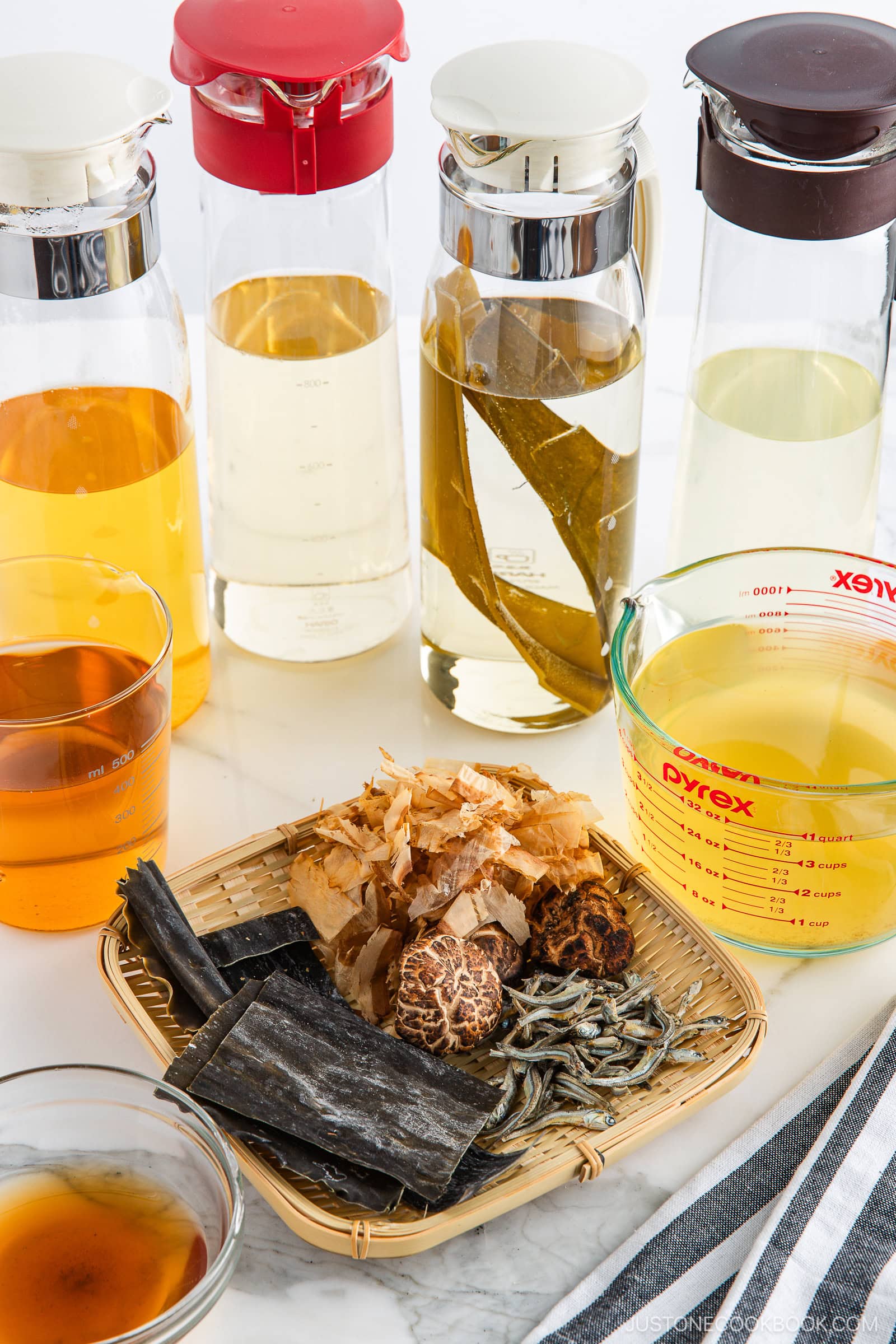
Dashi is a fundamental ingredient in Japanese cuisine. In my guide What Dashi is and how to do it, I will explain the various types of Japanese soup and how to do it from scratch. So, start making easy Japanese recipes such as homemade miso soup and Udon noodle soup!
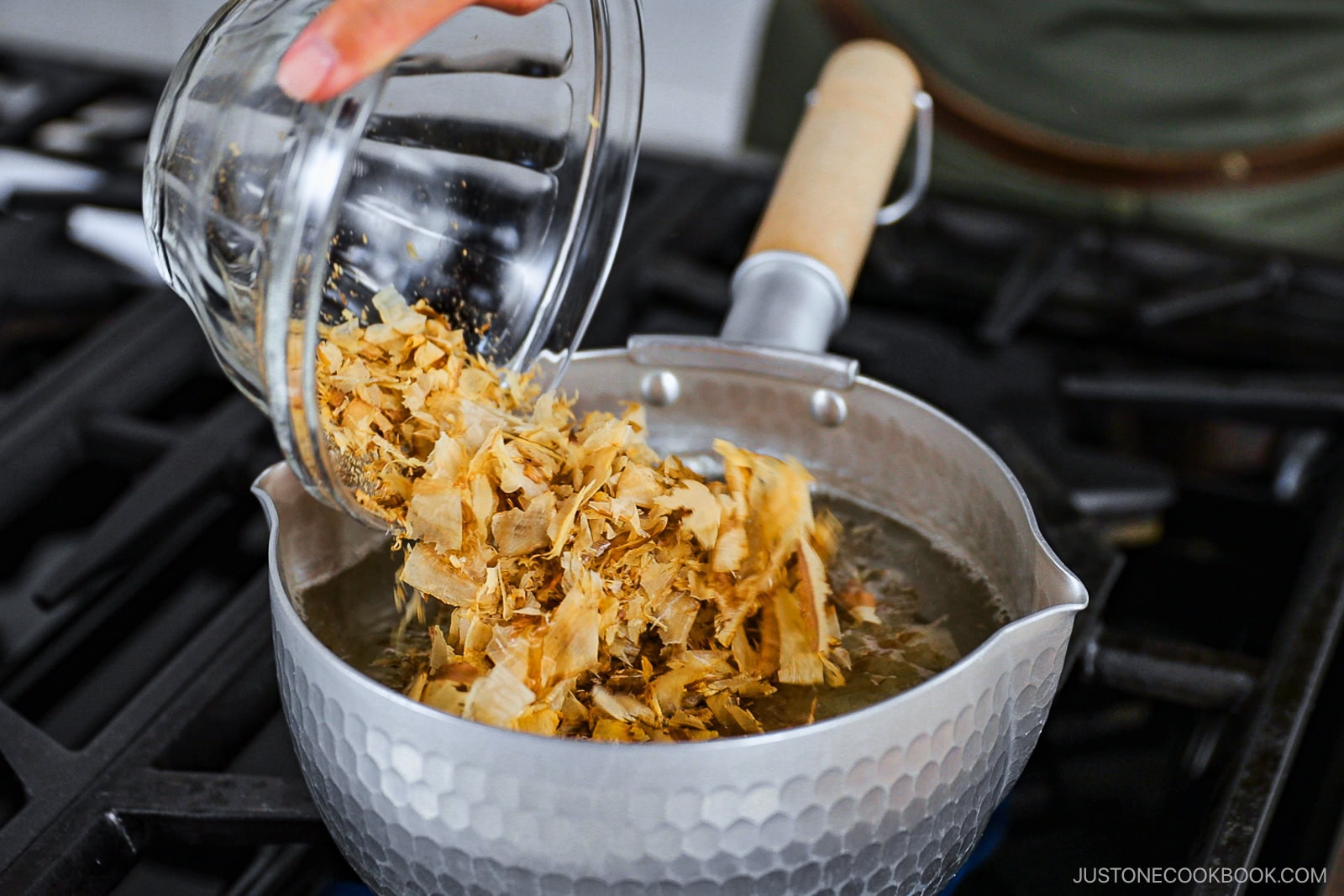
What is dashi?
Dashi (Dashi, dashi) or Dashijiru (出し汁) is a Japanese soup based on one or more ingredients such as dry sunset, bucket bonito flakes, dry shiitake mushrooms and/or dry anchovies. They are naturally rich in glutamated that offer intense flavor and give Japanese food its rich and deep UMAMI taste. Its use in daily Japanese cuisine dates back to the 17th century Japan.
Because I love dashi
- Simple ingredientsUsually only one or two.
- Prepid to do – It takes 20 minutes from scratch or 5 minutes with a package.
- Strati of flavor – It is essential for many of my favorite dishes.
- A vegetable The dashi option is availablemaking Japanese food accessible to everyone.
How to use the Japanese broth soup
- In soups Like miso soup for an authentic umami flavor.
- As a broth base For Japanese hot pots, stewed, slow fire dishes and noodle soup plates.
- As a condiment For the rolled omelette, mixed rice or grilled octopus balls.
- In the sauces For a touch of transparent liquid that adds a salty depth and a thin aroma.
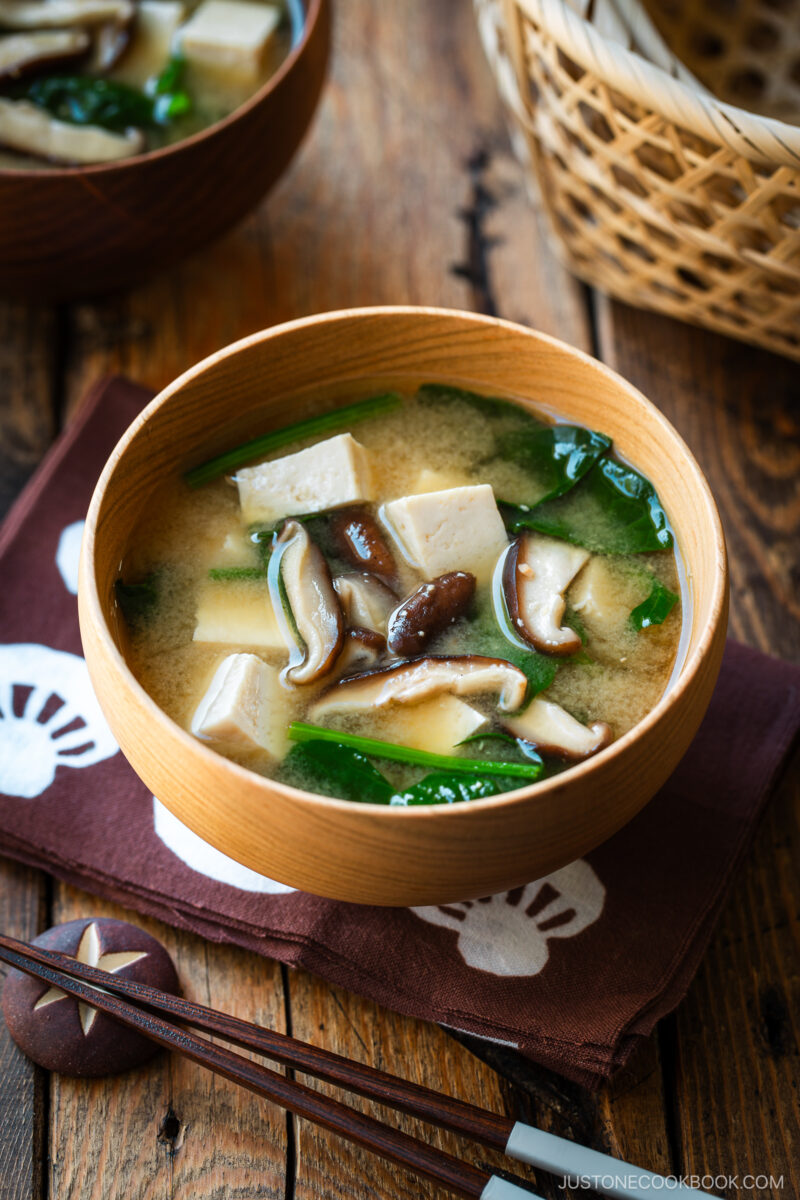
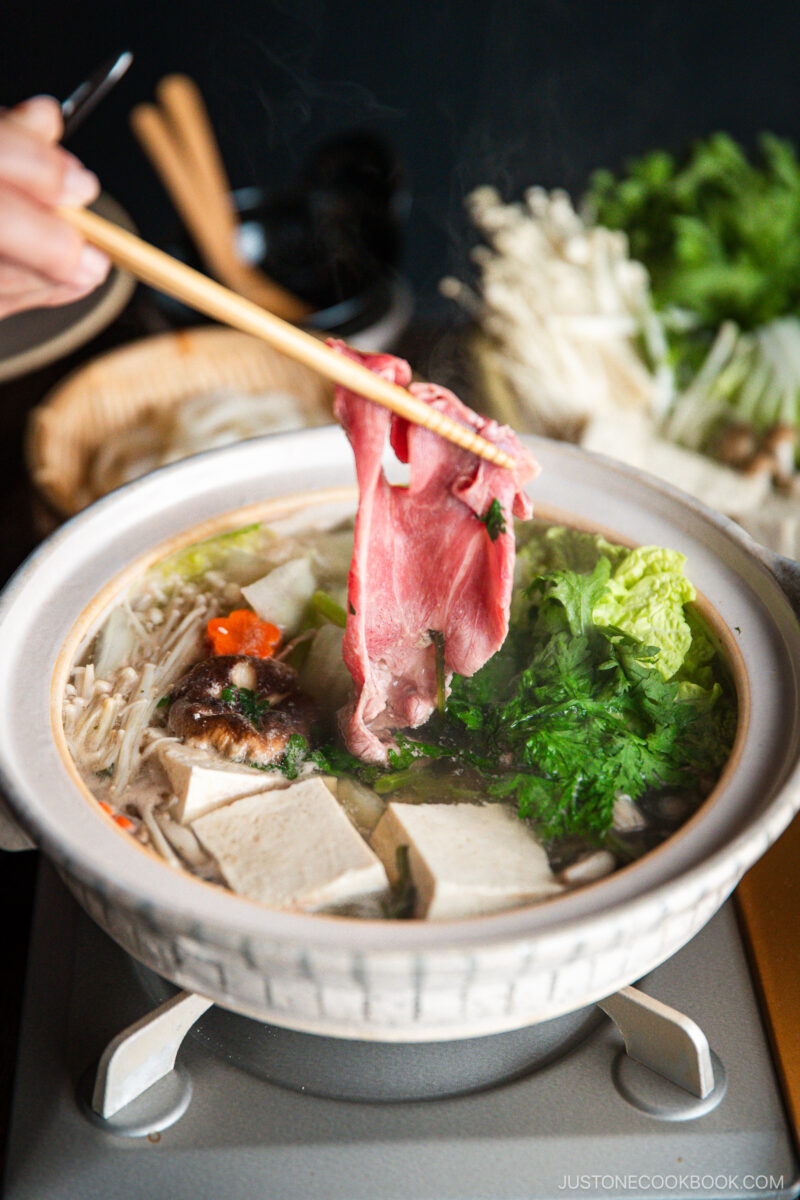
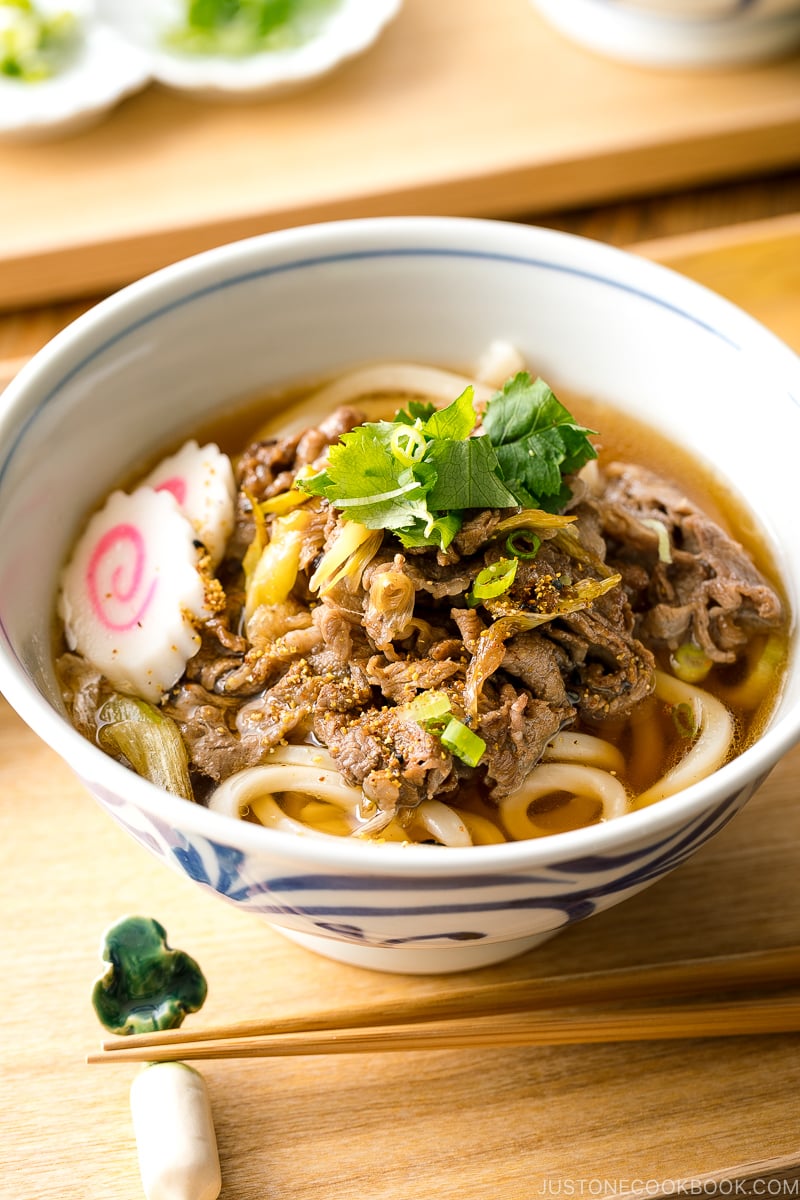
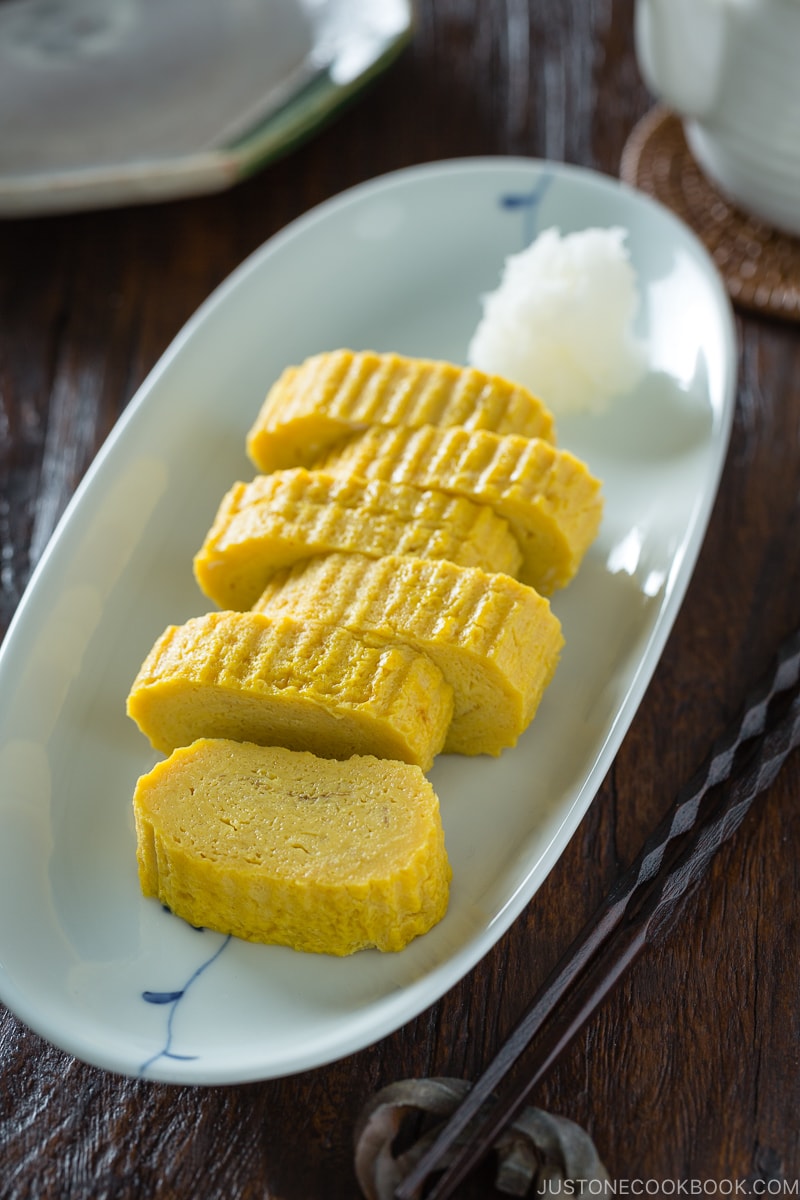
Ingredients for dashi
- Kombu – Kelp Secchi* (a kind of algae)
- Katsuobushi – Skipjack tuna dry and fermented/bonito shaved in thin bows
- Iriko or Niboshi – dry anchovies/sardine
- Shiitake – Dry Shiitake mushrooms*
*vegan and vegetarian
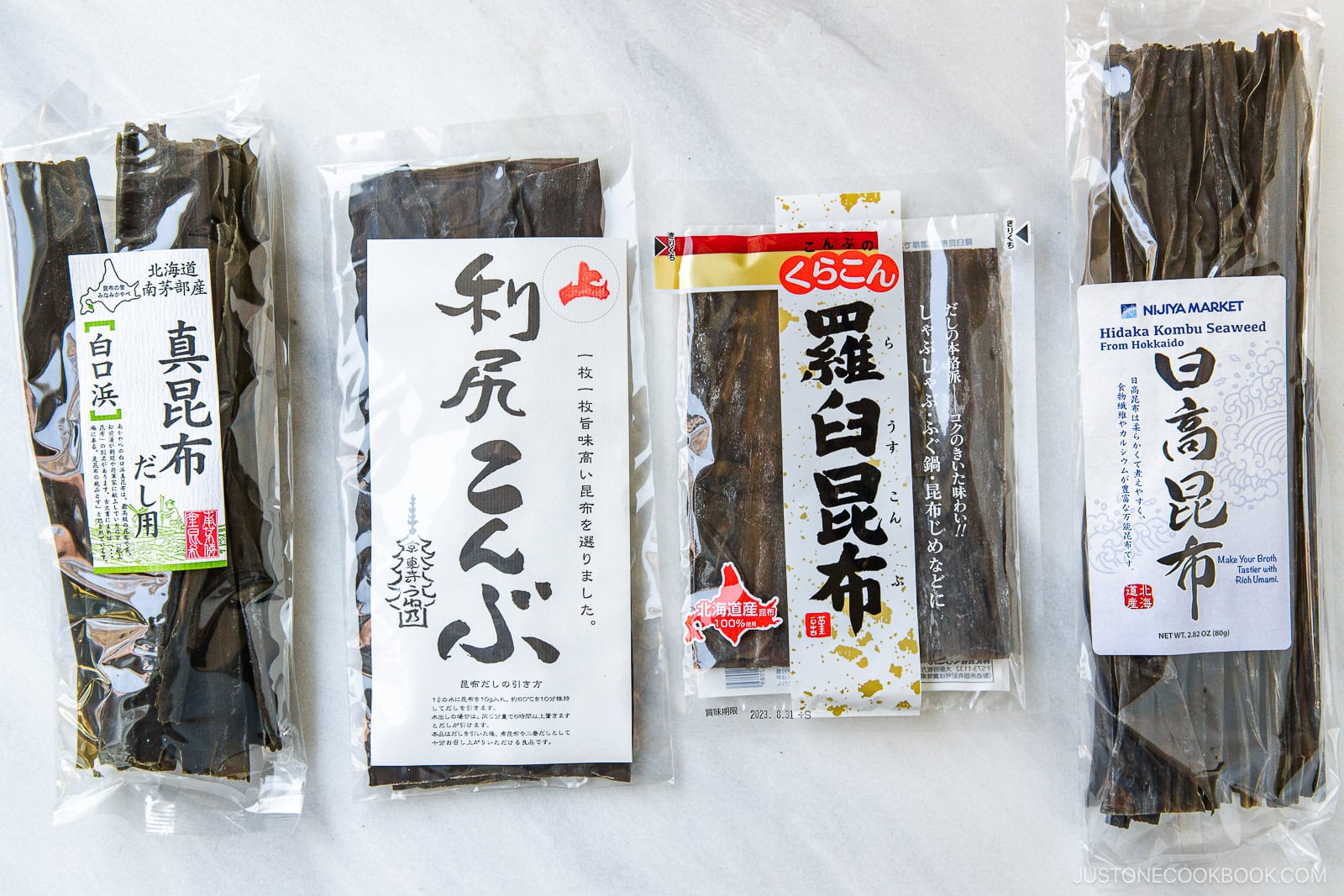
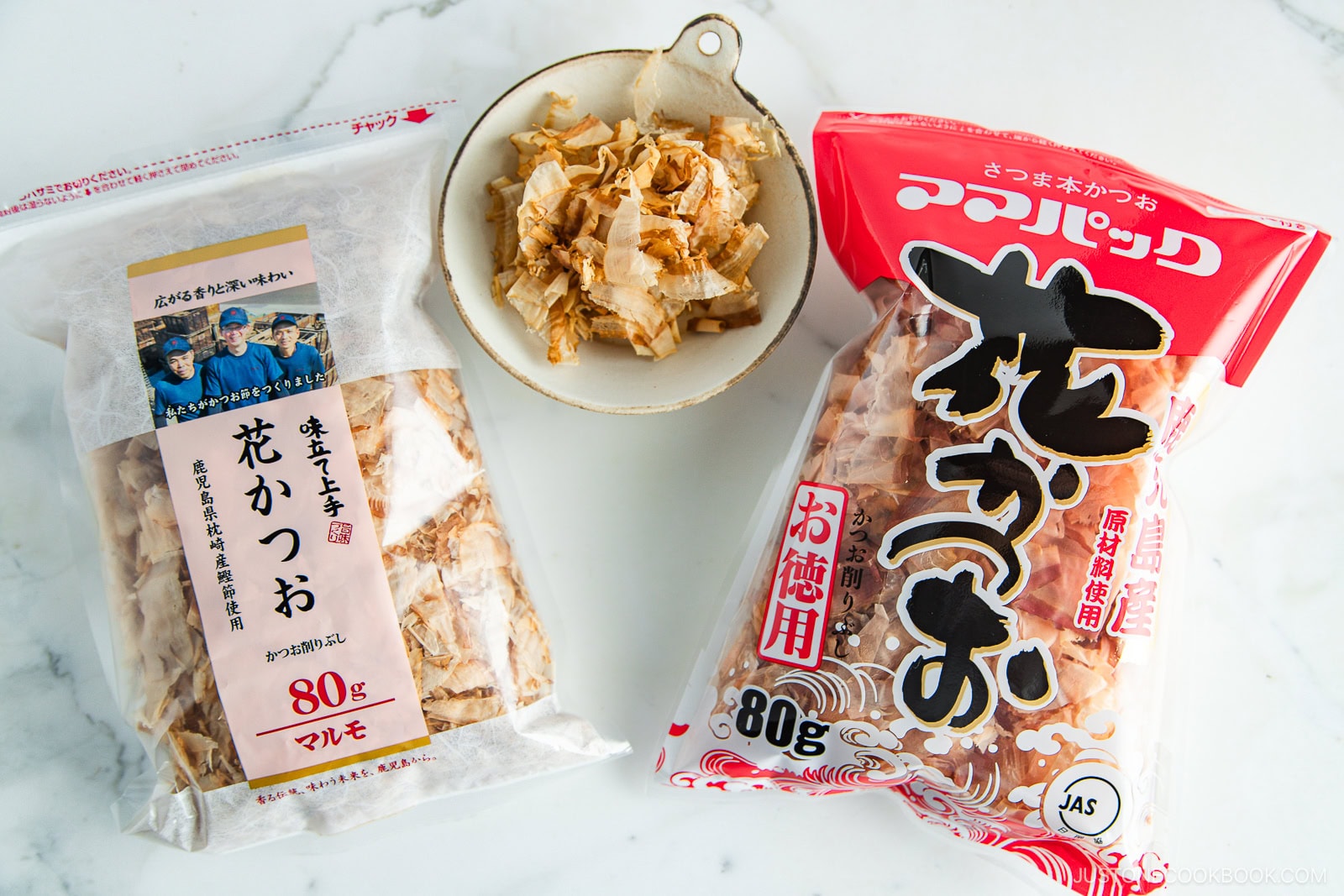


Six different types of dashi
How do we decide which type to use for a particular dish? While the couplings are often based on customary practice, there is no hard and fast rule.
1. Awase Dashi (Combination)
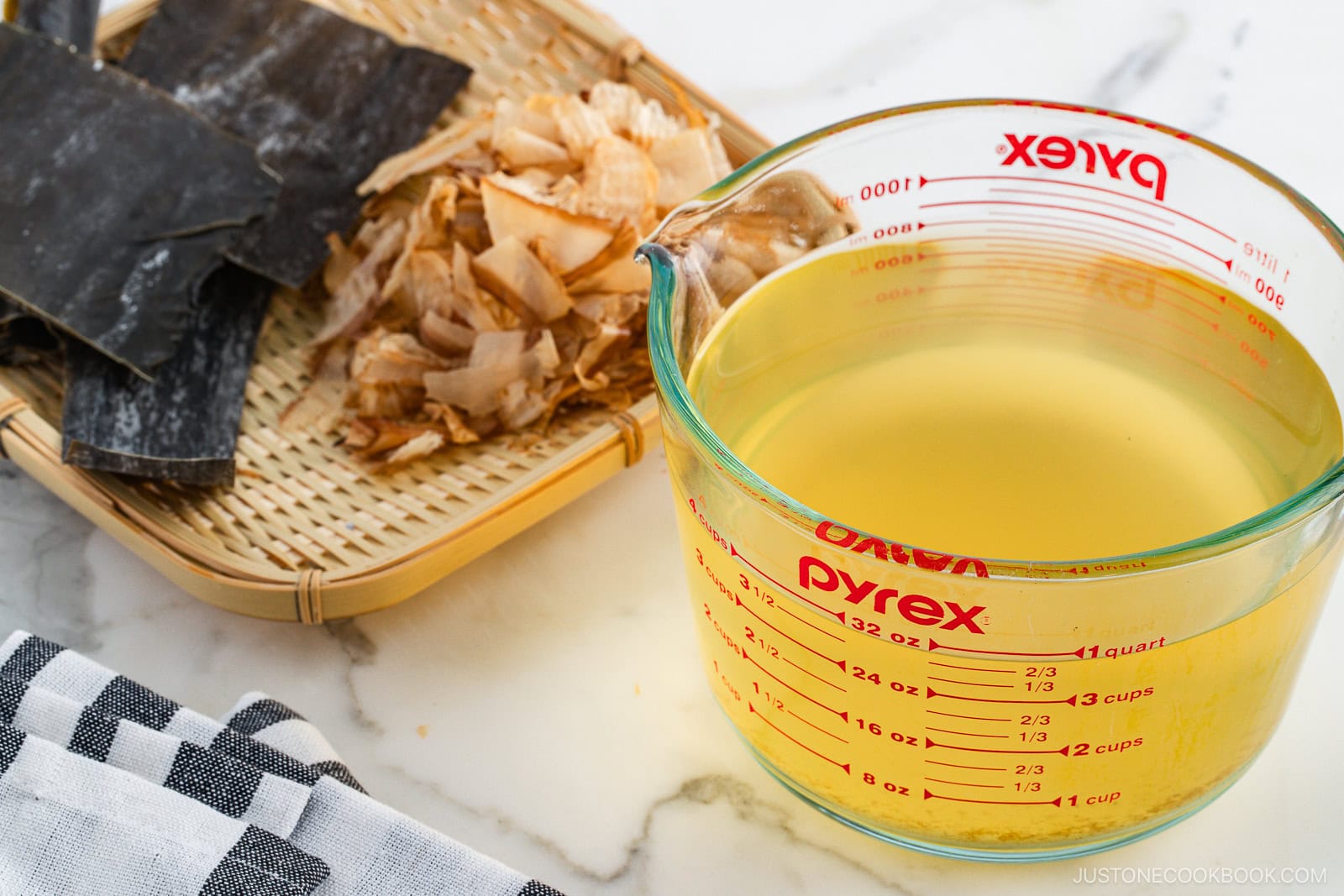
- Use the buckets of dried and Bonito.
- It means “combination” or “mixed”
- Classic stock for all uses; more commonly used
- My go-to soup broth For my recipes
Use it in:
2. Kwan (Algae soup broth)
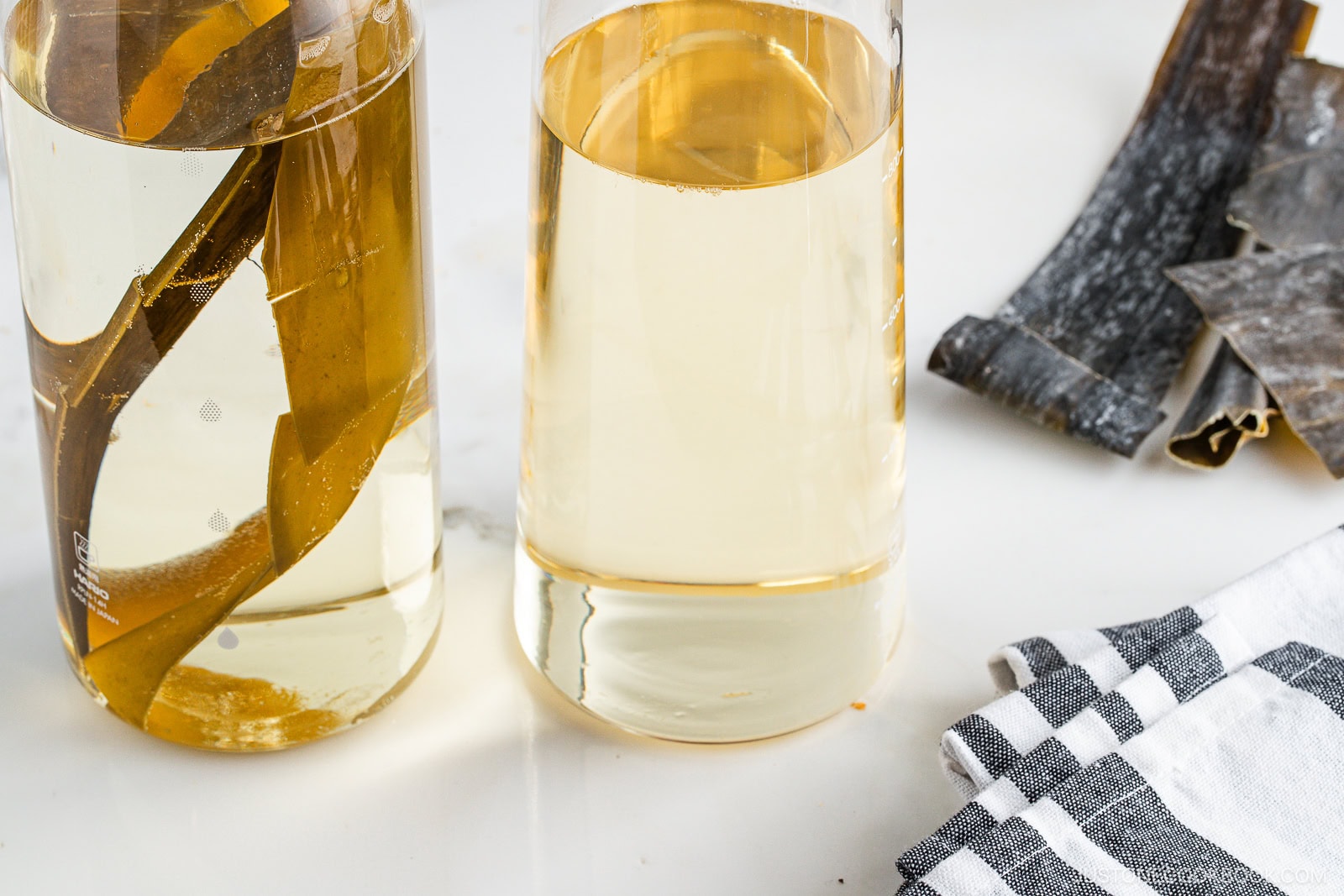
- Use dry sunset
- vegetarian/vegan
- Delicate flavor
- For fish, seafood or ingredients with a thin flavor
- The simplest stock to do
Use it in:
3. Katsuo dashi (Dashi bowl)
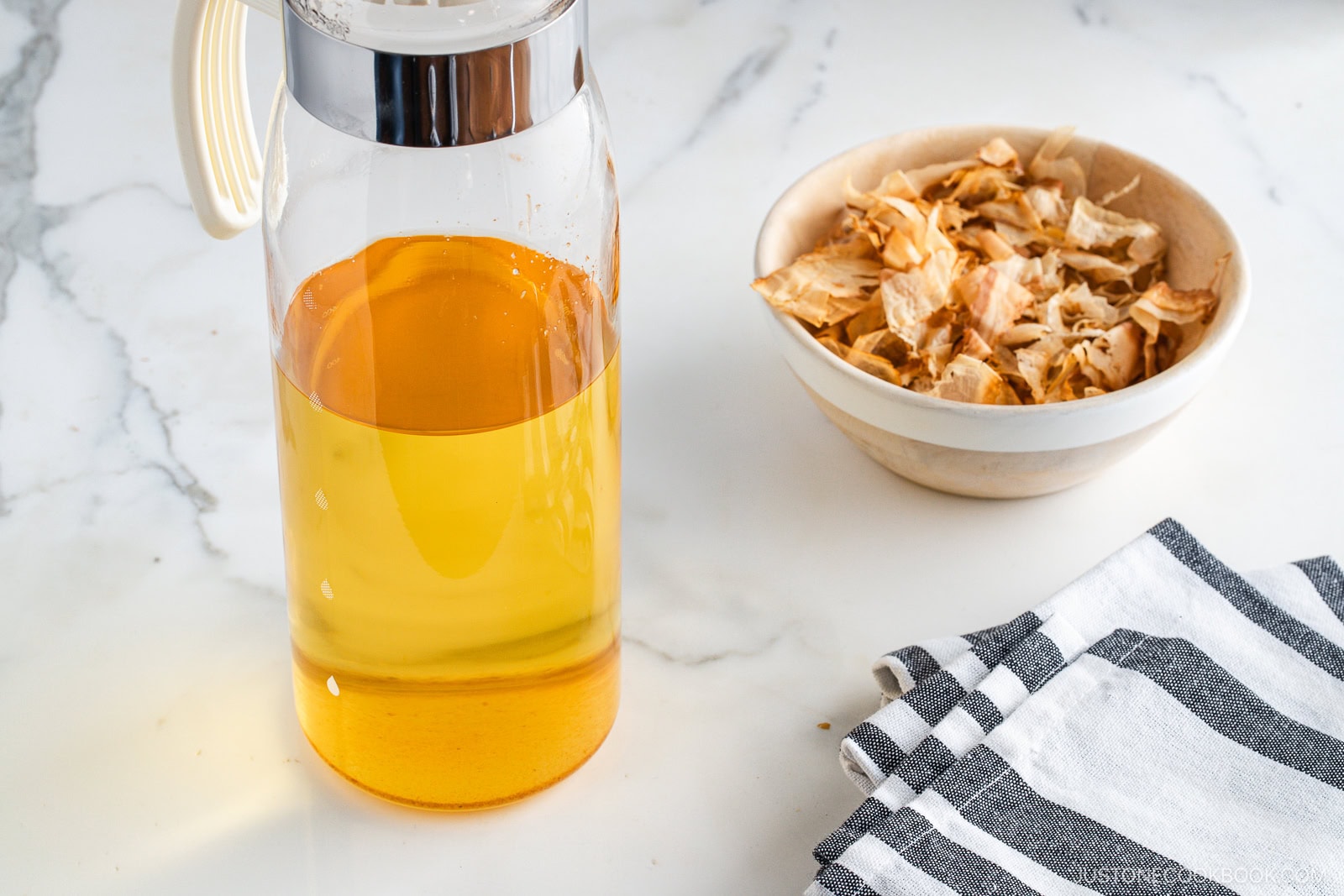
- Use Bonito Secchi flakes
- aromatic, tasty and elegant
- Good for slow fire dishes, noodle soup dishes and vegetables
- Not recommended for fish dishes
Use it in:
4. Iriko dashi (IRIKO)
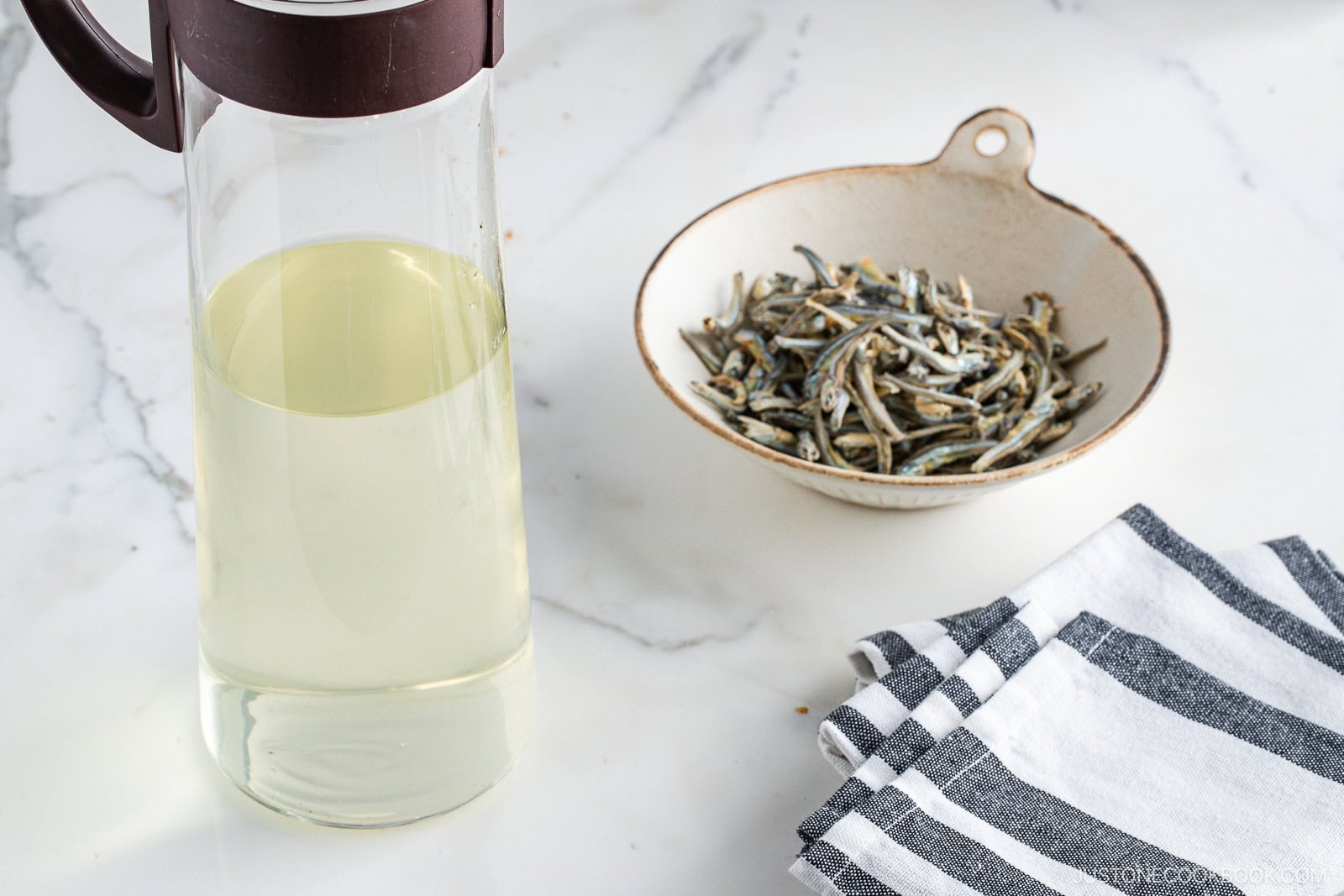
- use anchovies/sardines of the dry child; Cheaper ingredient
- strong aroma and taste, fish
- A salty stock that completes flavors or condiment such as soy sauce
- Not recommended for fish dishes as the taste can be too strong
Use it in:
5. Shiitake dashi (Schiitake mushroom soup; Shiitake mushroom soup)
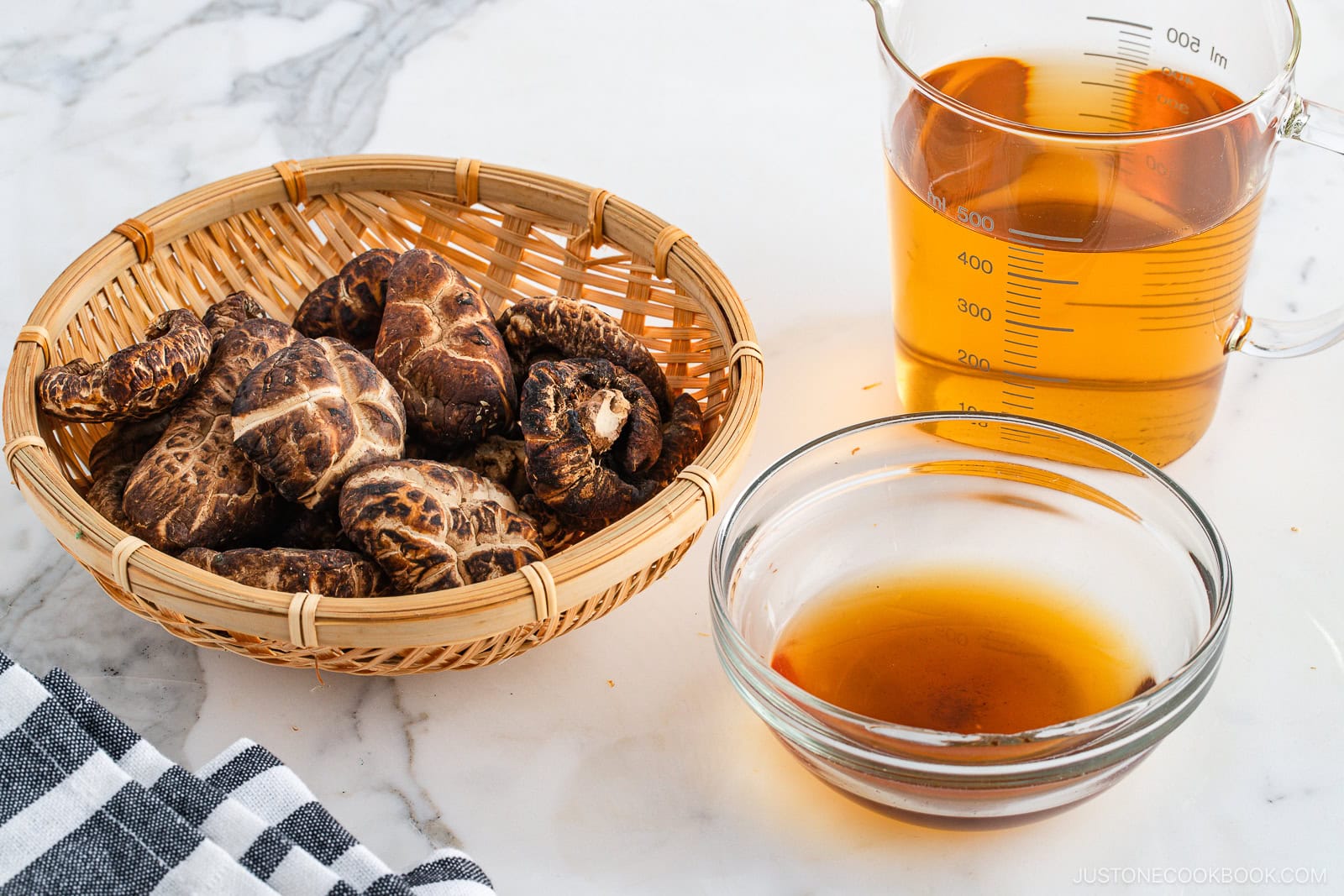
- SHOITOKE SHIITOKE MON -REDIDRATING Mushrooms
- vegetarian/vegan
- rarely used alone; Usually combined with Kombu stock or Katsuo stock
Use it in:
6. Dashi vegan (I’m working hard)
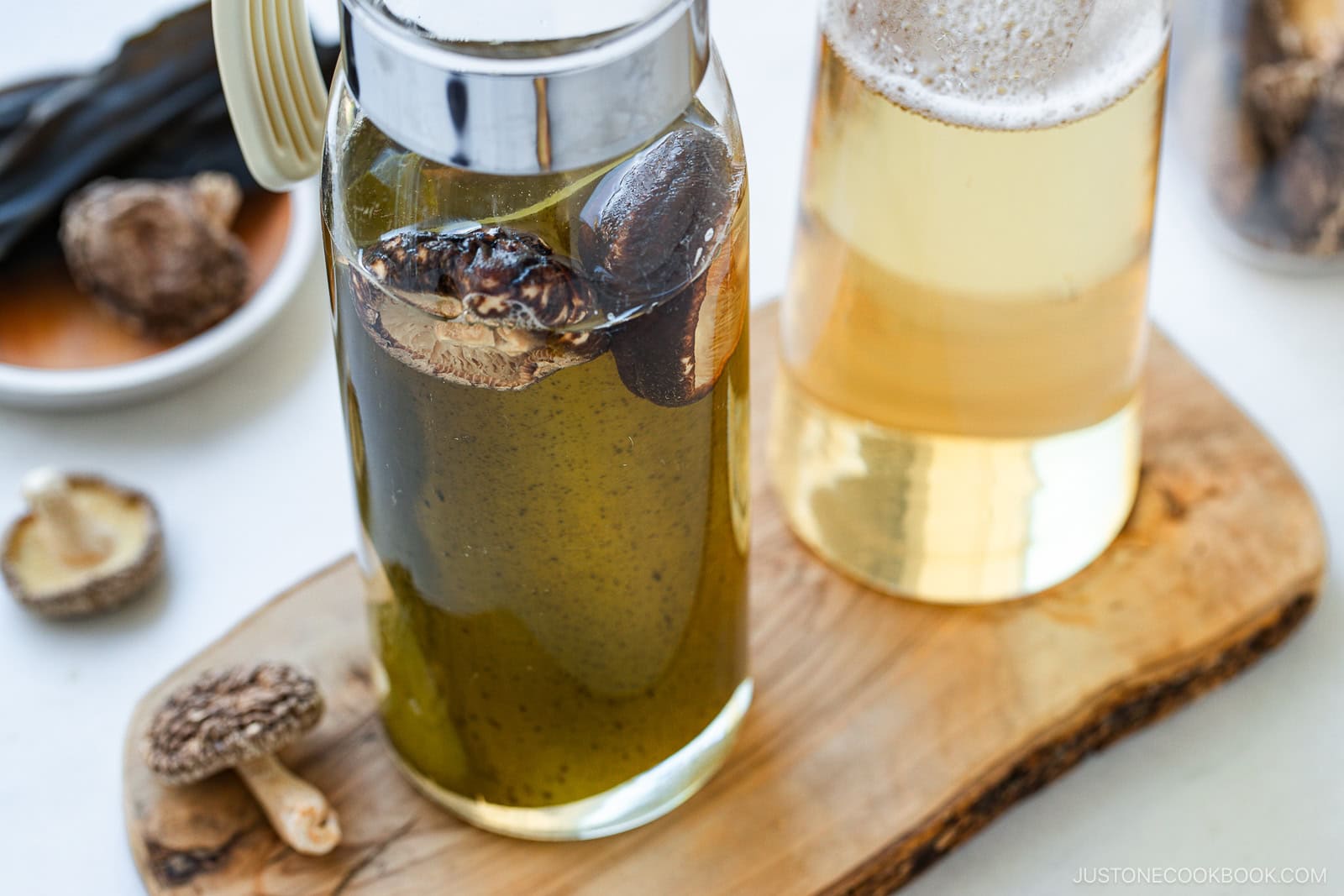
- Use the dry kilp and the SHIITOKE mushroom immersed liquid
- vegetarian/vegan
- Tastier than Kombu Stock
Use it in:
- Any recipe to make it friendly for vegans and vegetarians
Three ways to do dashi
In just 5-20 minutes, you will have a stock to use in your favorite Japanese recipes.
Method 1: dashi from scratch
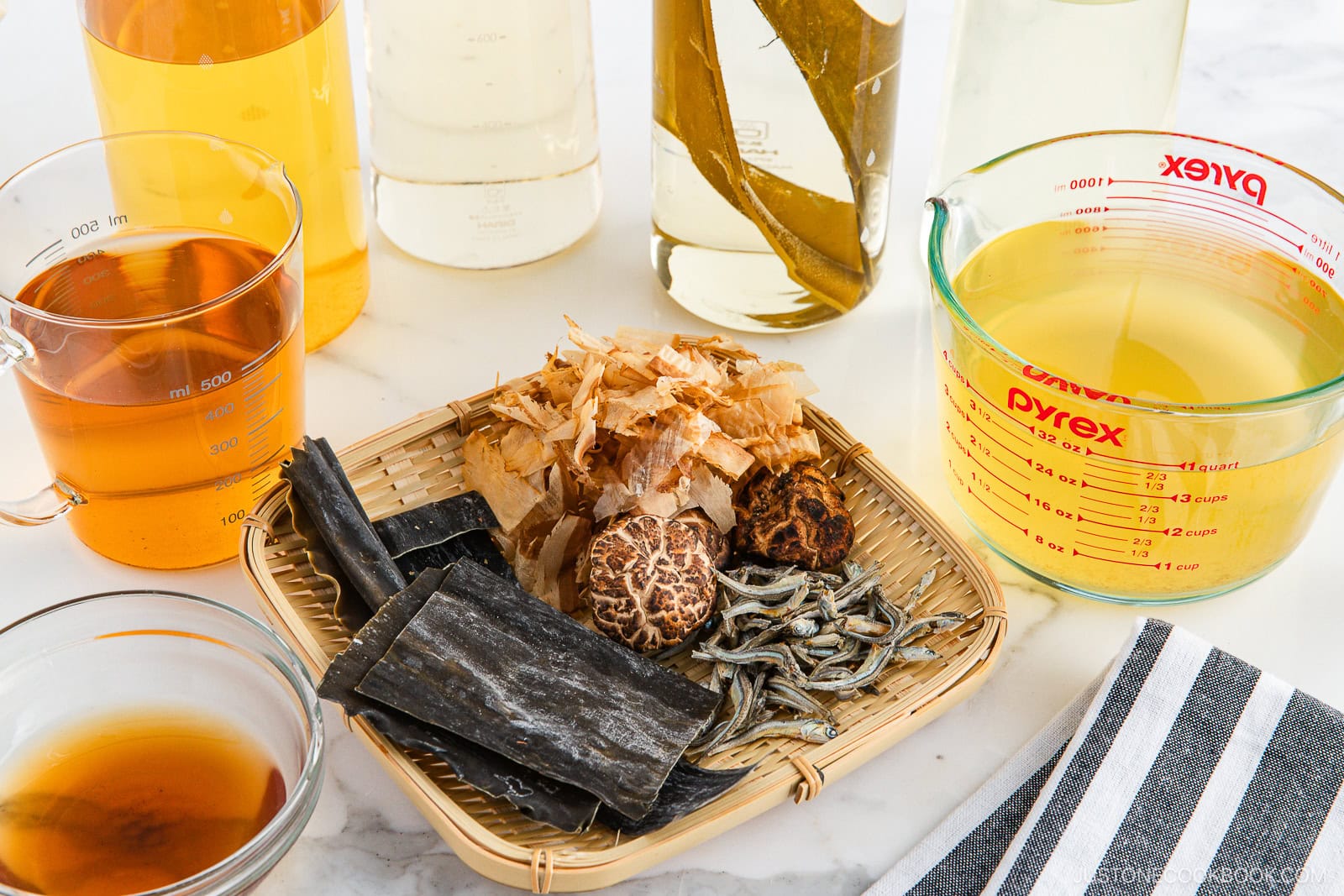
Cook time: 20 minutes
Pros: Best flavor
How to do it: Add ingredients to a pot of cold water e Very slowly Leads to a nearby boil. Steep and filter. Use this method for:
Optional: Make it Cold Brew instead (most types)
Method 2: Dashi package
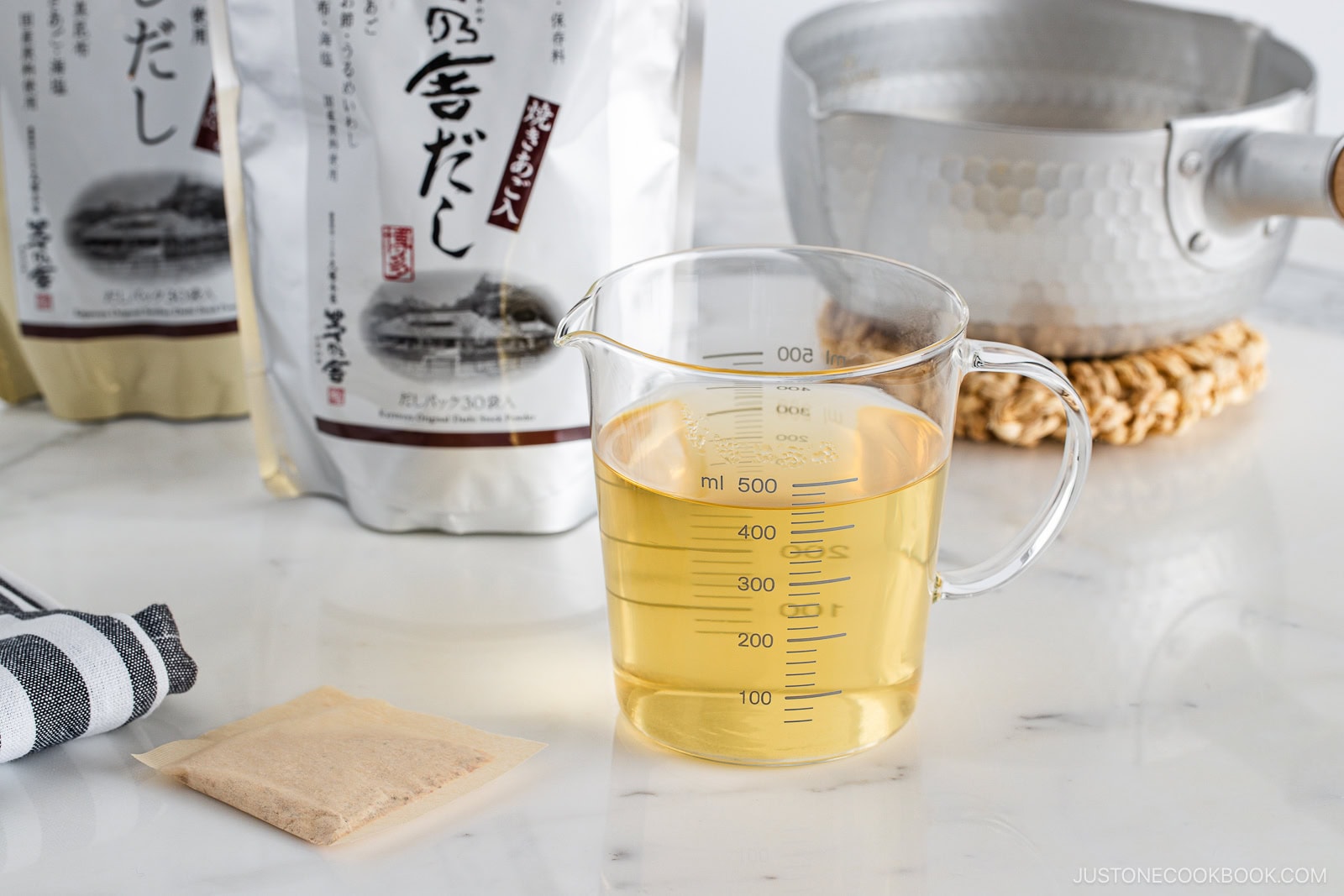
Cook time: 5 minutes
Pros: Very good flavor; convenient
How to do it: Add to a pot of cold water and brings to a boil. Reduce the heat and cook over low heat for 2-3 minutes. Discard the package. [See my recipe]
Where to buy: Local Japanese food shops; Difficult to find in other Asian food stores.
My recommended brands: Kayanoya Dashi package (without preservatives, a little expensive; find it Amazon); o Yamaki Dashi package in Japanese food stores; O Yamasan Chaganju on Amazon.
Method 3: Dashi power
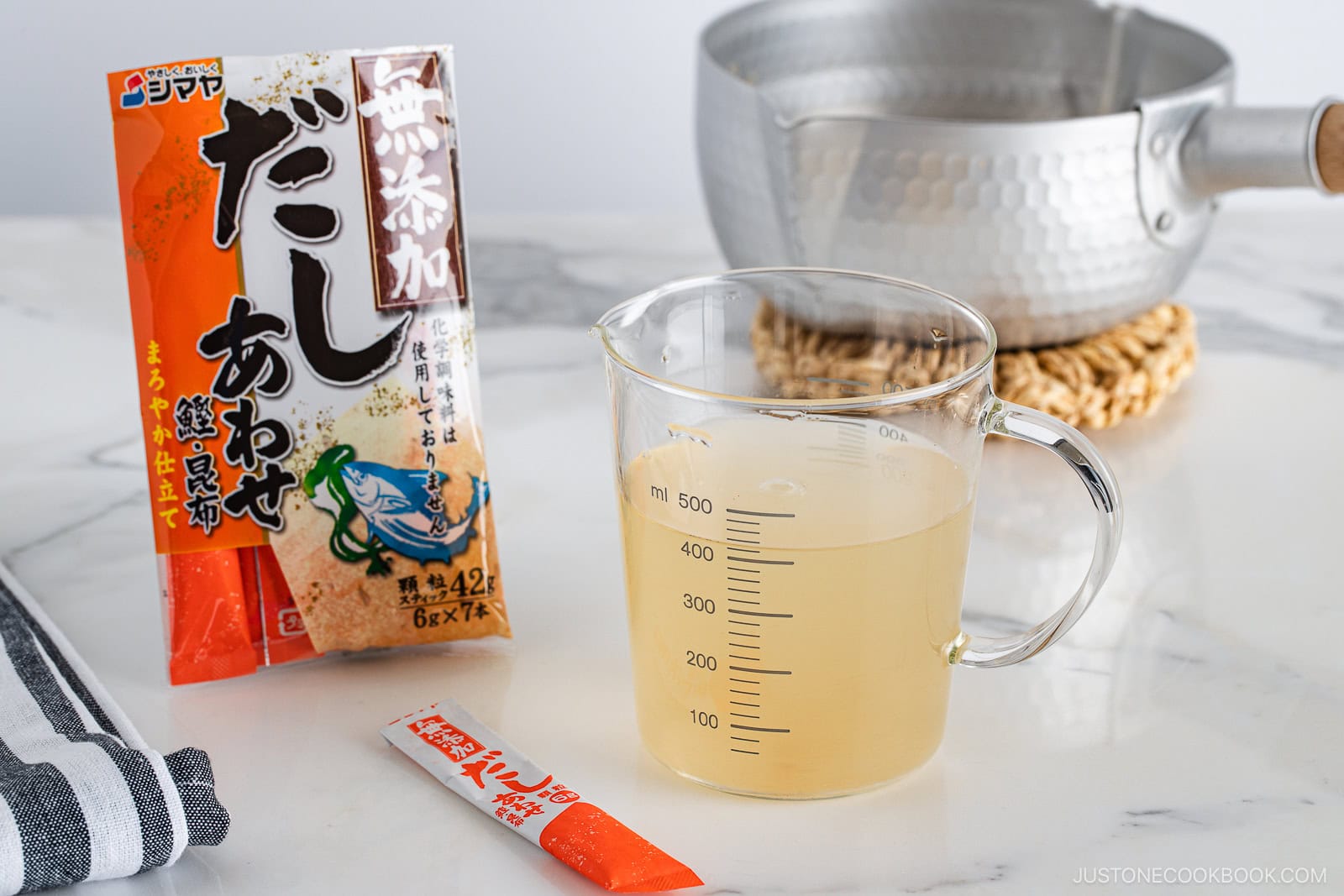
Cook time: 3 minutes
Pros: Faster method (instantaneous). With: Minimum flavor; Use only in a pinch
How to do it: Dissolve the Dashi granules in the water and heat to the boil. [See my recipe]
Where to buy: Hondashi and Dashinomoto are the most common brands. Find in Asian or American food stores.
My recommended brands: Shimaya Awase Dasher AND Shimaya Kombu Dasher On Amazon and Japanese food stores
See how to do dashi
Tips for storage and heating
To keep: Transfer the remaining stocks to an airtight container and keep it in the refrigerator for 3-4 days or freezer for a maximum of 3 months.
To heat: Cook over low heat in a small pot over medium heat until hot or microwave at intervals of 30 seconds until they completely warm up.
Frequent questions
There is no good substitute. You can use chicken or broth broth, fish broth or mushroom broth, but the flavor will not be the same.
Note of the editor: This post was originally published on January 4, 2011. It was updated with new images, videos and content in May 2019, when we opened the public of this post. The post was republished with more useful information on 5 July 2025.

